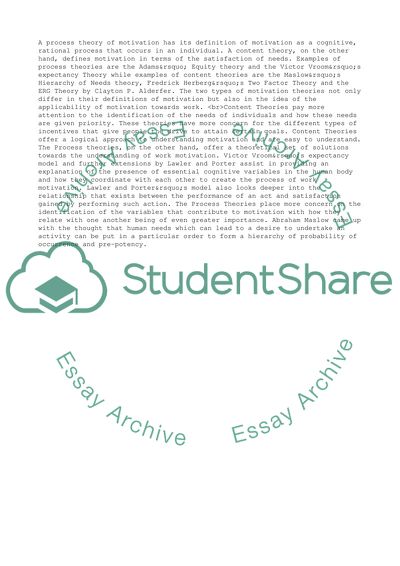Cite this document
(Theories of Motivation Literature review Example | Topics and Well Written Essays - 1500 words - 2, n.d.)
Theories of Motivation Literature review Example | Topics and Well Written Essays - 1500 words - 2. Retrieved from https://studentshare.org/management/1639255-management-in-context
Theories of Motivation Literature review Example | Topics and Well Written Essays - 1500 words - 2. Retrieved from https://studentshare.org/management/1639255-management-in-context
(Theories of Motivation Literature Review Example | Topics and Well Written Essays - 1500 Words - 2)
Theories of Motivation Literature Review Example | Topics and Well Written Essays - 1500 Words - 2. https://studentshare.org/management/1639255-management-in-context.
Theories of Motivation Literature Review Example | Topics and Well Written Essays - 1500 Words - 2. https://studentshare.org/management/1639255-management-in-context.
“Theories of Motivation Literature Review Example | Topics and Well Written Essays - 1500 Words - 2”, n.d. https://studentshare.org/management/1639255-management-in-context.


